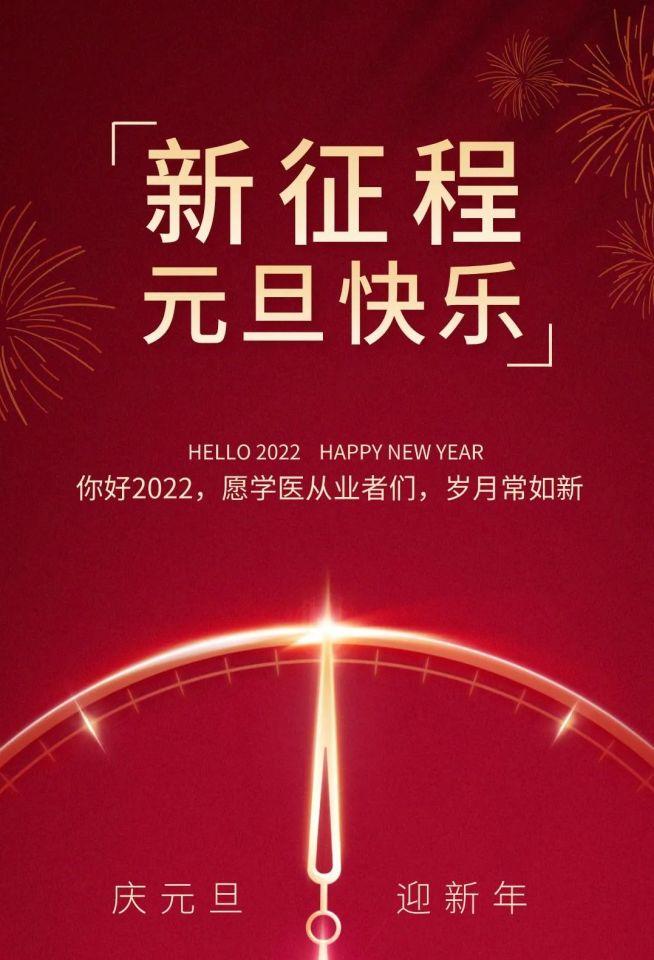
The word New Year's Day first appeared in the Book of Jin, "in fact, the Spring of New Year's Day".
The so-called "Zheng Shuo" refers to the New Moon Shuo Day, and in the Song Dynasty's "Mengliang Record", there is "The New Moon Shuo Day, called New Year's Day... The first year of the festival, with this as the first" record.
In the pre-Qin dynasty, because of the separation of political powers in various places, the time of the first month and new year's day in various places was not uniform, until the time of Emperor Wu of the Han Dynasty, the first month of the summer calendar was set as the first month, and the first day of the first month was set as the new year's day, which determined the new year's day, and the future generations continued to follow, without major changes.
Until the Xinhai Revolution overthrew the Qing Dynasty and the republic of China was established, the government of the Republic of China decided to use the Gregorian calendar, calling the first day of January in the Gregorian calendar "New Year's Day".
Therefore, the previous "New Year's Day" became the Spring Festival, and the first day of January in the solar calendar was replaced by New Year's Day.
Many of the customs of the ancients on New Year's Day are closely related to traditional Chinese medicine, let's take a look at it
Tu Su wine, five spice plates
During the Han and Tang dynasties, there were many food customs aimed at eliminating epidemics and prolonging life, such as drinking TuSu wine, peach soup, and eating five-spice plates.
Tu Su wine. The Tang Dynasty Han E's "Years Hua JiLi Jin Tu Su" records: "It is said that Tu Su is the name of the Cao'an. In the past, there were people living in the grass temple, and every year except for the night, a medicine sticker was left in the lu, so that the sac was soaked in the well, and on the first day, water was taken, placed in a wine bottle, and drunk by the family, and there was no plague. Now the people have their own side and do not know their names, but the day is only a day to slaughter Su. ”
Peach soup. That is, take the leaves, branches and stems of the peach and boil it and drink it, and the ancients used the peach as the essence of the five elements, which could repel the evil qi. Make a hundred ghosts, so drink it
Five-spice plate. As a Yuan-day food, it was first seen in wu Jinjian's "Record of Customs", which says that eating five spices on the morning of the first day." to help the five Tibetan qi" (quoted in the Jade Candle Treasure Book, vol. 1).
Wuxin is one of the five kinds of spicy dishes, and the Sui notes in the Jingchu Chronicle say that it is garlic, small garlic, leeks, gimbal, and coriander. As the Book of Customs says, the five viscera can be moved, and it is something that prays for health. It can be seen that the tradition of yuan solar eclipse spicy vegetables has a long history.
Pepper liquor. Pepper is a peppercorn, the smell is fragrant, and it is light and resistant to aging; cypress is a cypress leaf, which was regarded by the ancients as a fairy medicine and can avoid all kinds of diseases. Pepper and cypress can be soaked in wine separately, or they can be put into wine together. Drinking pepper liquor can go to disease and longevity. Ancient poetry leaves us with records of drinking pepper liquor on New Year's Day.
During the Ming Dynasty, folk began to send New Year cards, and every New Year's Day, it was the time to leave the old and welcome the new, and relatives and friends gave each other Greeting Cards to wish for a happy new year. According to relevant historical records, during the Tianshun period of the Ming Dynasty in China, there were already greeting cards in the folk.